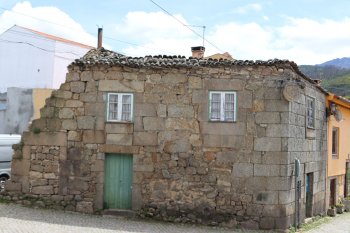Explore the best places
Discover new places in Gouveia
Folgosinho
- country
- heritage
Folgosinho
6290-081, Gouveia
Folgosinho, located on the north slope of Serra da Estrela, at an altitude of 930 metres, was the county seat until 1836. It is known for having been mentioned in the "Lusíadas", due to Viriato who, according to legend, was born here. It has a rich cultural heritage, highlighting the archaeological site of Outeiro, the medieval walls, the pillory and the church. The population dedicates itself, in its majority, to the pastoralism, being produced in this region the famous cheese of Serra da Estrela.
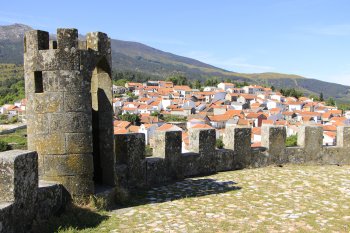
Cabeça do Velho
- country
EN232
6290, Gouveia
Granite rock located at about 1500 meters of altitude, known for resembling a head in profile.
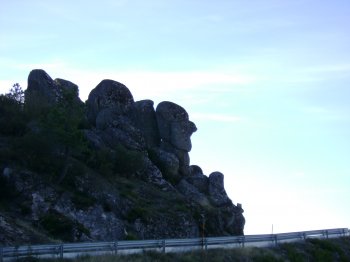
Praia Fluvial do Vale do Rossim
- beach
Vale do Rossim
6290, Gouveia
The construction of the Vale do Rossim dam, located in the municipality of Gouveia, enabled the emergence of this recreational/leisure space where the surrounding landscape and water quality stand out.
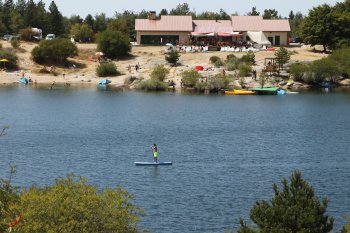
Espaço Arte & Memória
- heritage
Avenida 25 de Abril, 4
6290-525, Gouveia
Inaugurated in 2005, with the aim of promoting and preserving the local culture, this space includes pieces of sacred art that were part of the Museum of Sacred Art of Gouveia, a small collection of Cardinal Mendes Belo and the stone of the Synagogue of Gouveia, dating from 1496. In the main room there is a small photo library with photographs of Gouveia from the 1930s and 1940s by João Carvalho and César Nogueira.
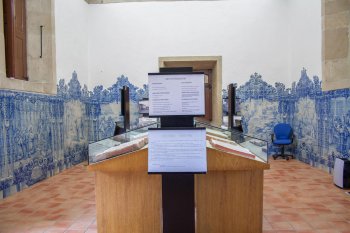
Passeio pelos Bairros Tradicionais de Gouveia
- heritage
Gouveia
6290, Gouveia
Gouveia is characterized by its traditional neighborhoods, full of history and tradition. We recommend a walk through Bairro do Castelo, considered the birthplace of Gouveia, Bairro da Biqueira, where the Jewish community lived in the 14th century, Bairro do Toural, with its Manueline houses, and Bairro do Outeiro, where you can see the Chapel of São Miguel and its cross.

Museu da Miniatura Automóvel
- heritage
Rua Mestre Abel Manta
6290-909, Gouveia
Composed by several rooms with permanent, temporary and themed exhibitions from the automotive world. Its permanent exhibition on the Historical Evolution of the Car portrays how the car evolved and adapted over time.
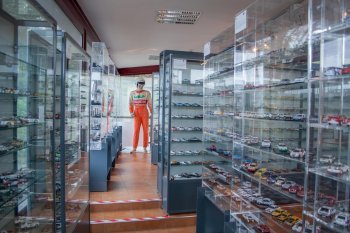
Museu Municipal Abel Manta
- heritage
Rua Direita, 45
6290-526, Gouveia
Inaugurated in 1985, with a permanent exhibition of works of contemporary Portuguese art, namely painting, drawing and engraving. In addition to housing the work of Abel Manta, it also includes works by Paula Rego, Júlio Resende, Vieira da Silva, Joaquim Rodrigo, Júlio Pomar, Menéz Lagoa, among others. It comprises seven permanent exhibition halls, a temporary exhibition hall, an arts library, an arts workshop and a small shop.

Convento de São Francisco / Convento do Espírito Santo
- heritage
Gouveia
6290, Gouveia
Former male convent of the Order of San Francisco composed of a simple rectangular plan, formed by a church and a convent area with two floors. It was built in the 17th century, but has undergone several renovations over the centuries, finding itself very adulterated. Currently, a production farm operates here.

Paço de Melo
- heritage
Avenida Brigadeiro Beja Neves
6290-121, Gouveia
Set of ruins of a Baroque building dating from the 13th century, with an L-shaped plan. Reference should be made to the 16th-century crenelated fence, which forms the front of the former Palace, with various heraldic symbols, the tower with a granite spire and the palace structures. The interior is collapsed, in very bad condition.
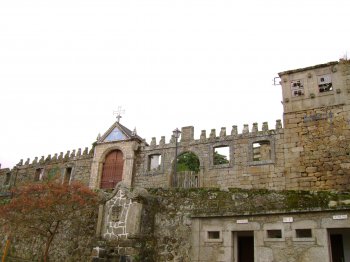
Antiga Casa da Câmara de Melo
- heritage
Largo do Pelourinho
6290-121, Gouveia
Building with a simple irregular rectangular plan, with two floors. On the façade, there is a window with a straight lintel and, on the corner, you can see the coat of arms of the Melo village. It still conserves the old town hall and the stone with the town's heraldic symbols. It was probably built in the 17th century.
